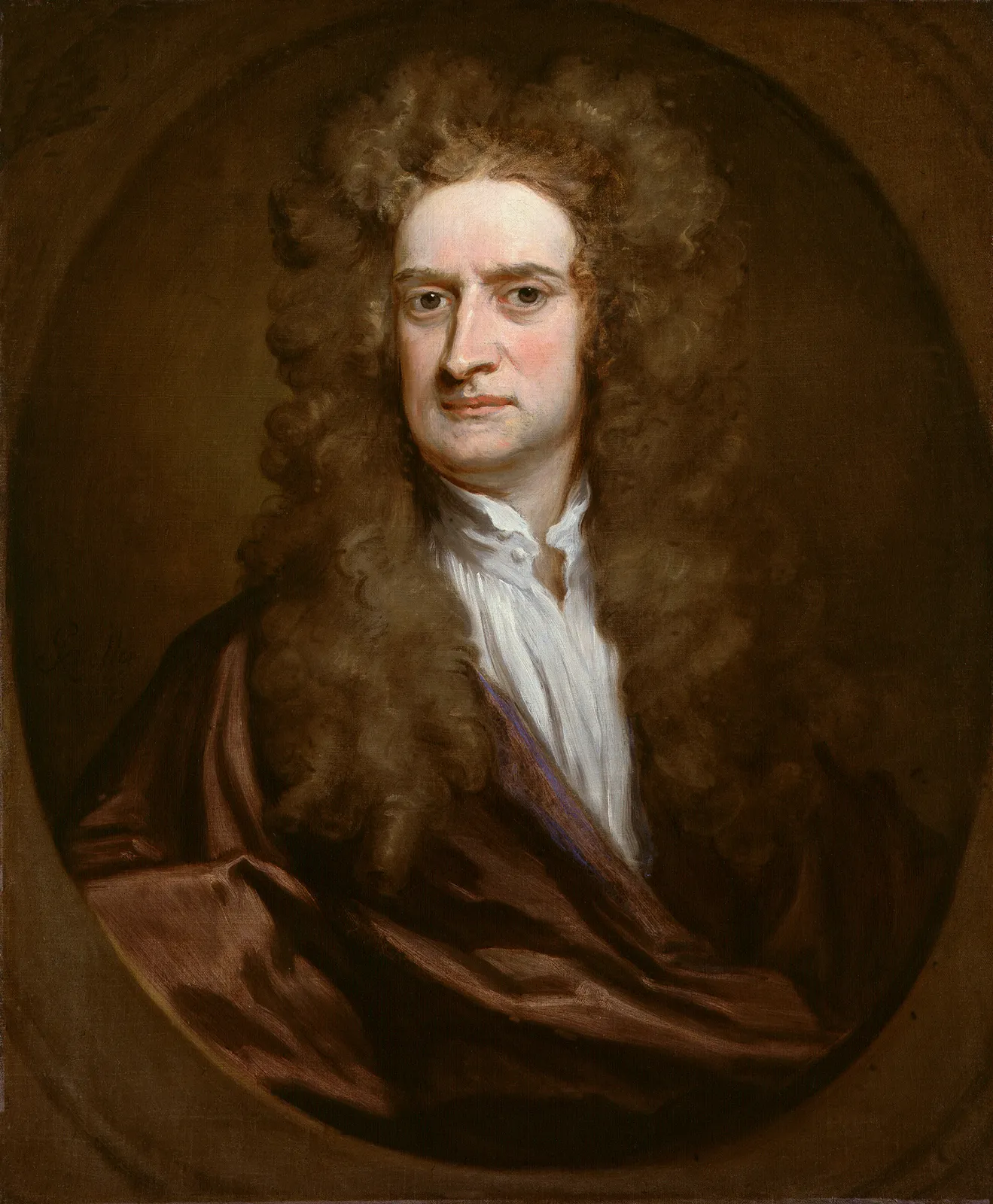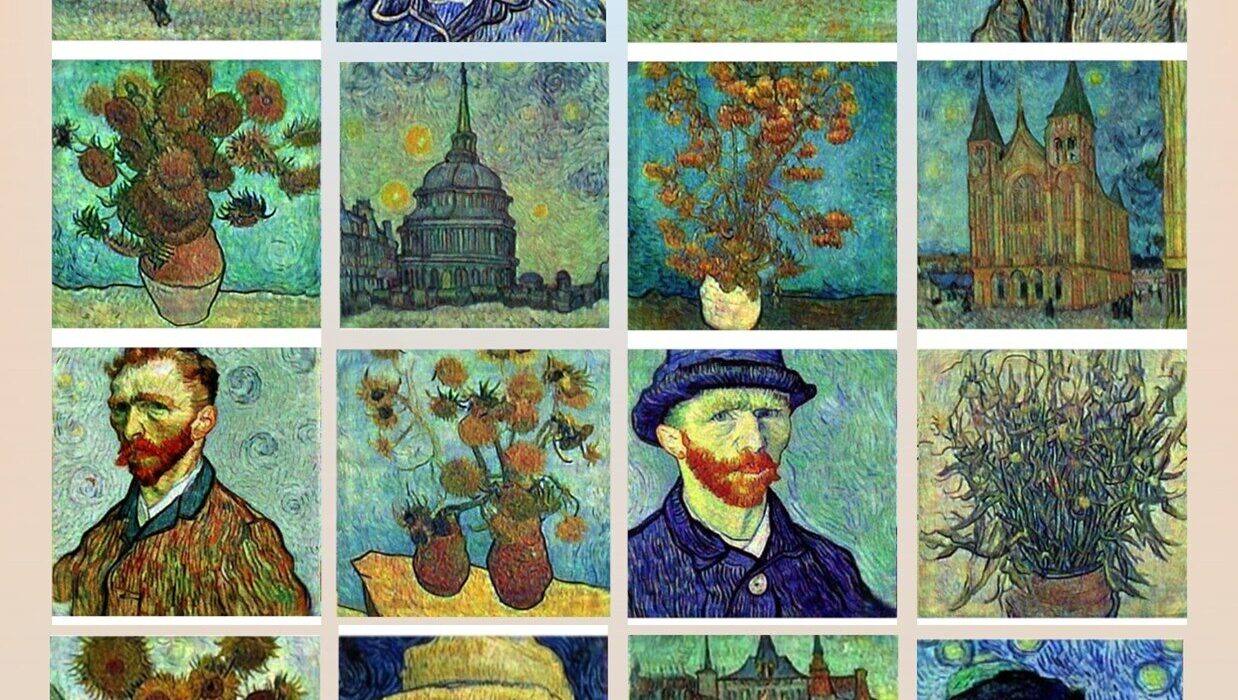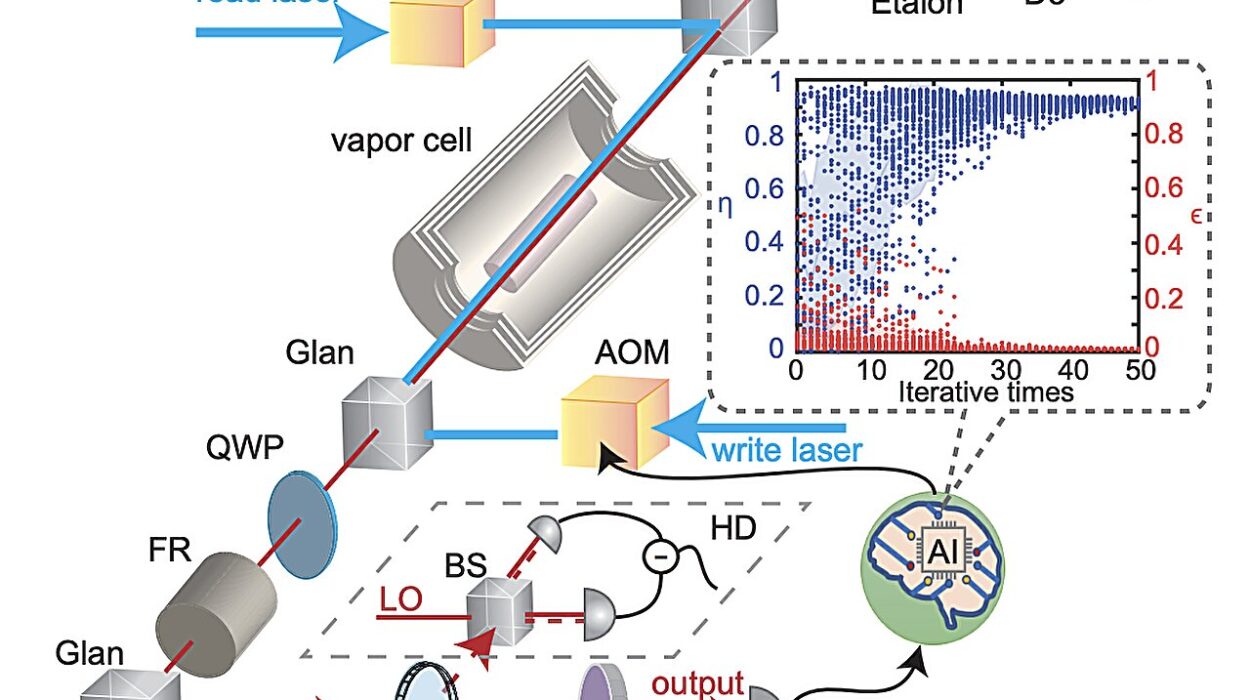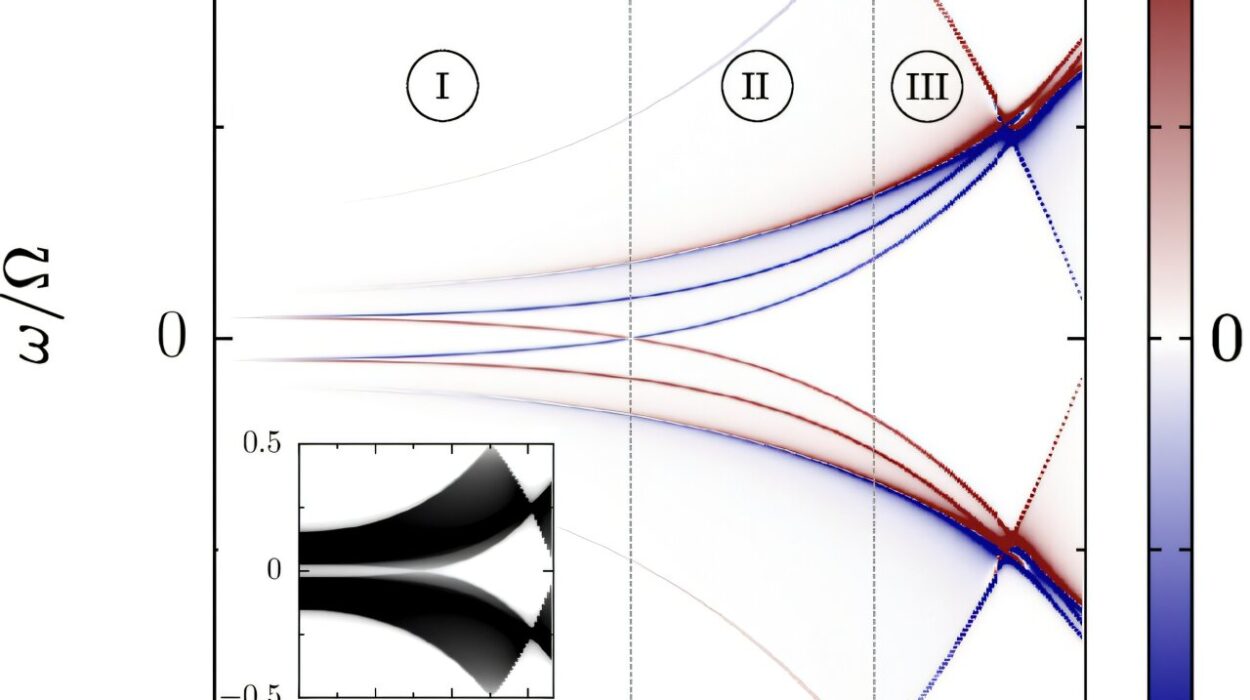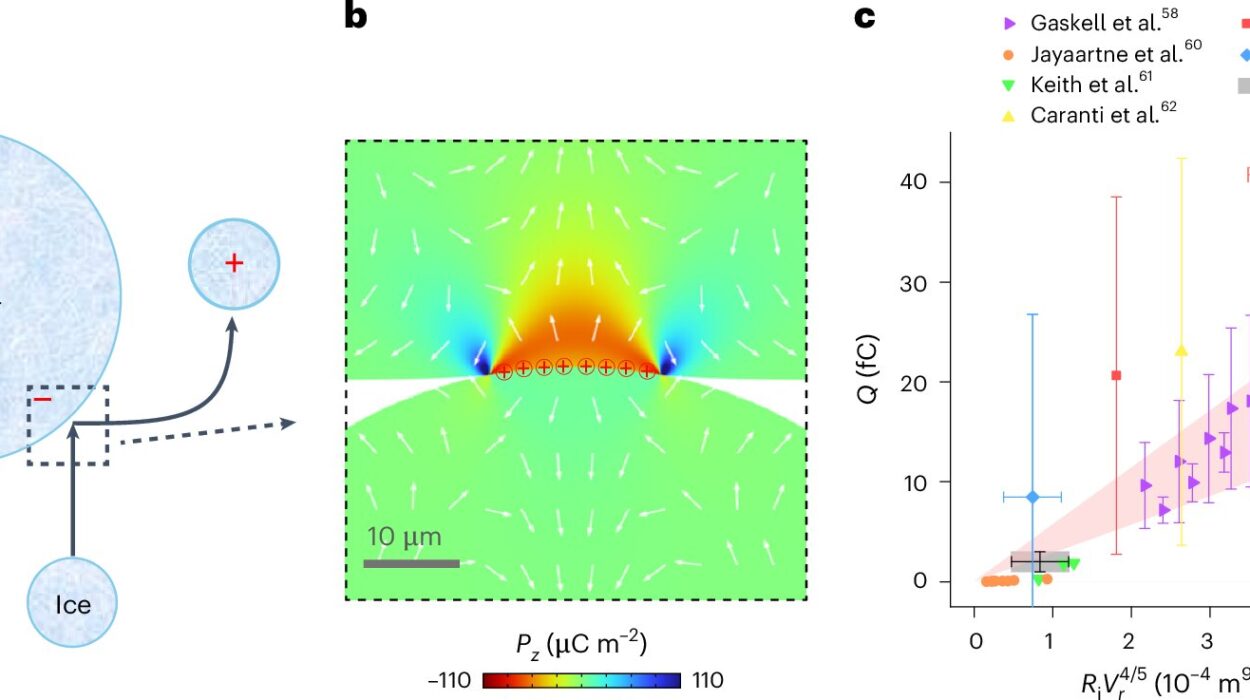On Christmas Day, 1642, as England stood on the edge of civil war, a frail and fatherless boy was born in the rural hamlet of Woolsthorpe-by-Colsterworth in Lincolnshire. He arrived so prematurely and weak that few believed he would live through the night. The midwives believed him too small, barely the size of a quart mug. But against every odd, the child drew breath and lived. His name was Isaac Newton.
His father, a prosperous but uneducated farmer also named Isaac, had died just months before his birth. His mother, Hannah Ayscough Newton, was a strict Puritan widow. When Isaac was only three, she left him in the care of his grandparents to remarry and begin a new family, a wound that carved a deep scar into Newton’s soul. He would never fully forgive her. The memory of being abandoned would echo through his life, expressed in emotional distance, suspicion, and a ceaseless need to prove his worth to a world he often kept at arm’s length.
He was a solitary child, introspective and intense. As a boy, he constructed sundials, windmills, and even a miniature water-powered mill that could grind wheat. He showed no interest in farming, the family’s expectation for him. The real seeds he planted were intellectual ones—seeds that would grow into revolutions in mathematics, physics, astronomy, and the very way humanity sees its place in the cosmos.
The Awakening Mind
When he was seventeen, Isaac was pulled from school to tend the farm after his stepfather died. The attempt at transforming him into a farmer failed miserably. He preferred sketching diagrams in the dirt to sowing it. Fortunately, others saw the fire burning within him, and in 1661, he entered Trinity College at the University of Cambridge.
He came to Cambridge as a poor student, working as a servant to pay his way. At first, he was largely unnoticed, quiet and unremarkable. But he devoured books—Aristotle, Descartes, Galileo, and Kepler. Then he began to think beyond them. He began to ask his own questions. If Kepler had described the elliptical orbits of the planets, what force kept them in motion? If light behaved like a wave, why did it refract in glass? Could mathematics, this beautiful abstract language, be used not just to describe, but to predict the laws of nature?
It was during these years that he encountered a field that would become his first great passion: mathematics. Inspired by the works of Euclid and Descartes, Newton began to invent his own system—what would later be called calculus. He developed it independently before Leibniz would publish his own version, sparking one of the bitterest disputes in scientific history.
But Newton was not yet ready to show the world what he was building. He was still constructing his universe in silence.
The Plague Years and the Apple That Changed Everything
In 1665, the Great Plague swept through London, forcing Cambridge to close. Newton returned home to Woolsthorpe, and there, in the quiet of the countryside, away from the distractions of academia, he underwent what he later called his annus mirabilis—his year of miracles.
In those two years of isolation, Newton laid the foundation for three of the greatest pillars of modern science: calculus, optics, and the laws of motion and gravity.
The story of the falling apple has become myth, but it is not fiction. Newton himself recounted that he had been sitting in the orchard when he saw an apple fall. What intrigued him was not simply that it fell, but why it fell straight down and not sideways or upward. Was the force that pulled the apple to the ground the same force that held the moon in orbit?
From that simple question arose a grand idea: gravity was not a force limited to Earth. It was a universal law, acting on all matter, everywhere. Newton imagined the moon as perpetually falling toward Earth, its sideways motion keeping it in orbit. He extended this logic further—if he could understand gravity, he could predict the motion of planets, the tides, and perhaps even comets.
He did not publish these ideas immediately. Newton was cautious to the point of obsession. He feared criticism, mistrusted others, and sought perfection in his formulations. He once said he would rather “feign hypotheses” than expose his ideas prematurely. So he retreated into silence once again, his mind shaping the architecture of the cosmos, brick by theoretical brick.
The Philosopher Emerges
In 1669, Isaac Barrow, the Lucasian Professor of Mathematics at Cambridge, recognized Newton’s talent and resigned the post in Newton’s favor. At only 27 years old, Newton became one of the most prestigious professors in England. Still, he remained largely reclusive, lecturing to nearly empty rooms and withholding his deepest insights.
But in 1672, something changed. Newton turned his attention to light and optics, publishing his first paper with the Royal Society. In it, he boldly claimed that white light was not pure, as previously believed, but composed of a spectrum of colors. Using a simple prism, he split sunlight into a rainbow and then recombined it. It was an elegant experiment, easy to replicate and impossible to ignore.
His ideas were attacked. The prominent physicist Robert Hooke argued against Newton’s conclusions. Newton, already sensitive and proud, did not handle the criticism well. He withdrew again from public debate. Yet the fire of recognition had been lit, and even if Newton tried to hide in the shadows, his genius kept pulling him back toward the light.
In 1684, a visitor arrived at Cambridge with a question. Edmond Halley, the astronomer who would later give his name to the famous comet, asked Newton what shape a planet’s orbit would be if it were influenced by a force that varied inversely with the square of the distance. Newton, without hesitation, replied: “An ellipse.” When asked how he knew, Newton said he had already calculated it—years ago—and would send the work along.
That answer would culminate in one of the greatest works of science ever written.
The Principia and the Clockwork Universe
In 1687, with Halley’s financial support, Newton published Philosophiæ Naturalis Principia Mathematica, commonly known as the Principia. It was more than a book. It was a declaration of intellectual dominion over nature itself.
Within its pages, Newton laid out his Three Laws of Motion—the principles that govern inertia, acceleration, and action-reaction pairs. These were not mere abstractions. They allowed engineers and astronomers to predict everything from cannonball trajectories to planetary orbits.
Most profound of all was his Law of Universal Gravitation. He showed that every particle of matter in the universe attracts every other particle with a force proportional to their masses and inversely proportional to the square of the distance between them. The same force that caused the apple to fall also governed the movement of the planets and moons.
The Principia did not just explain the heavens; it united them with Earth. It was as though a veil had been lifted, revealing a universe that was not capricious or unknowable, but orderly, governed by laws that could be discovered and written in the language of mathematics.
The age of mystical speculation gave way to the age of rational inquiry. Newton’s universe was not alive with gods and spirits; it was a mechanism, a divine clock wound up by its Creator and left to run with perfect precision.
Power, Isolation, and the Alchemist’s Heart
With fame came influence. Newton was elected President of the Royal Society in 1703 and knighted by Queen Anne in 1705. He moved to London and accepted the position of Warden—and later Master—of the Royal Mint. There, he took his job with terrifying seriousness, reforming England’s currency system and even prosecuting counterfeiters with an almost religious zeal. Some were hanged as a result of his investigations.
Yet Newton was never fully at peace with himself. He remained deeply suspicious of others, particularly his scientific rivals. His feud with Leibniz over the invention of calculus became so venomous that it divided the scientific communities of England and the Continent for decades. Newton used his power at the Royal Society to suppress dissent and promote his version of events. He wrote scathing rebuttals under pseudonyms and attacked those who challenged him, even long after they were dead.
Privately, Newton remained obsessed with alchemy and biblical prophecy. He spent more time writing about ancient history, decoding the secrets of the Book of Revelation, and attempting to transform base metals into gold than he ever did on physics. These pursuits were hidden from the public, locked away in notebooks and never published in his lifetime. But they reveal the complexity of his mind—a mind that sought not just knowledge, but truth, even in the shadows of mysticism.
The Final Years and the Weight of Genius
In his later years, Newton became the patriarch of English science. He dined with royals, advised Parliament, and walked the halls of power with the authority of a living legend. Yet he remained deeply solitary. He never married. He had no children. His closest relationships were marked by intense emotion but ultimately ended in distance and disappointment.
He suffered from kidney stones and possibly mercury poisoning, the result of years of alchemical experimentation. His health declined, but his mind remained formidable. He continued to revise his works, correspond with scholars, and guard the legacy he had built so meticulously.
On March 20, 1727, Isaac Newton died in his sleep in London. He was 84 years old. He was buried in Westminster Abbey, an honor previously reserved for monarchs and poets. His tomb lies beneath a statue inscribed with the Latin words: Hic depositum est quod mortale fuit Isaaci Newtoni—“Here lies that which was mortal of Isaac Newton.”
Legacy in the Stars
Newton once said, “If I have seen further, it is by standing on the shoulders of giants.” Yet he himself became the shoulders upon which all modern science stands.
His laws guided the trajectories of spacecraft. His optics explained the behavior of telescopes. His calculus built the foundation for physics, engineering, and economics. For over 200 years, Newtonian mechanics remained the ultimate description of the physical world—until Einstein bent space and time itself with his theory of relativity.
But Einstein never refuted Newton; he extended him. Even quantum mechanics, which disturbed Newton’s clockwork ideal, rests on the mathematical rigor he helped formalize.
Newton gave the world a new vision of nature—one where the heavens and Earth were part of the same dance, governed by the same music. He transformed metaphysical speculation into empirical science. He turned curiosity into calculus, wonder into law.
And yet, he remained deeply human—driven by insecurities, haunted by solitude, and unwilling to stop seeking the divine in the material. He believed science and religion were not enemies but partners in understanding the universe.
Isaac Newton lived not only as a scientist but as a philosopher, theologian, mathematician, astronomer, alchemist, and seeker of truth. He was a bridge between the medieval and modern worlds, between faith and reason, between the known and the unknowable.
And in his wake, he left a world that could never look at an apple—or the stars—the same way again.
